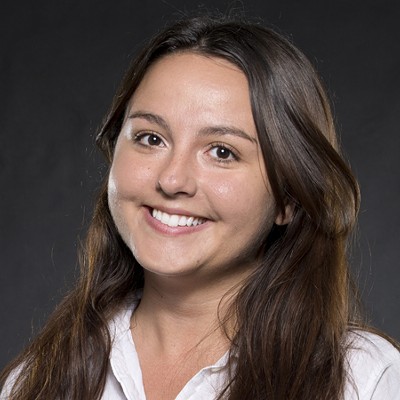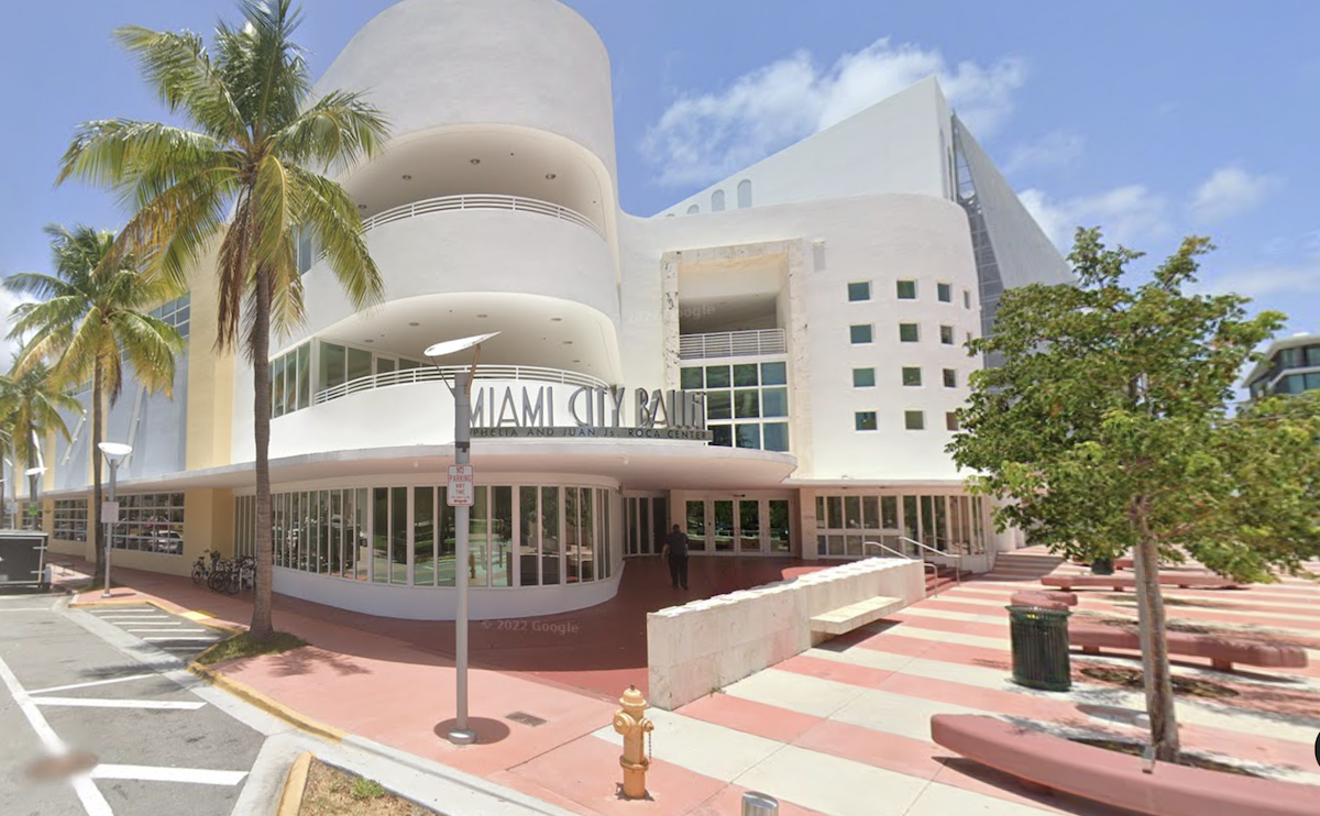As Miami Beach is midway into a $300 million project to install dozens of anti-flooding pumps around the island, the jury is still out on their effectiveness at battling sea level rise and tidal flooding. But some residents say they're sure about one thing: That the pumps are flooding Biscayne Bay with garbage and filthy water.
Mayor Philip Levine and his staff insist that's not that case, arguing less wastewater than before now hits the bay. New commission candidate Isaiah Mosley, who is a scientist by day, decided to get to the bottom of the problem. So earlier this month, the 33-year-old walked over to the pump — snorkel, fins, and underwater camera in tow. He jotted down his scientific observations and then dove in.
“My first thought was ‘This is going to be disgusting’,” Mosley tells New Times. “My second thought was, ‘Well, I’ve been in worse’.”
And he has. Originally from Niceville, Florida, Mosley graduated from Florida State University with a degree in biology and chemistry and then took a job as an environmental scientist with the Florida Department of Environmental Protection. For two years he worked on the Lake Okeechobee watershed, and then five years ago, he moved to Miami Beach to work in the ecological branch of an engineering firm.
Frustrated with how the city commission tackled important environmental issues (like sea level rise), Mosley decided to run for a seat this year. "My specialty is in marine and freshwater work," Mosley explains. "I'm a candidate for city commission and I've also been trying to tell people about these pumps, or at the very least give them accurate information."
Mosley has had to dive into the Miami River for work, which he says is far worse in terms of pollution. But the water outside the Tenth Street might be second.
"It was horrible!" Mosley exclaims. "It tasted like petroleum and gasoline. It was foul and some of it even made it into my nose. I was so grossed out, I don't even want to think about it."
In the water, Mosley noted that the yellow turbidity curtain — which is meant to contain sediment stirred up from the pump's pressure — had at least a one-foot gap from the sea wall. The debris was mostly leaking out from there. He said the curtain wasn't properly installed.
From the sea floor looking up, Mosley's video reveals a whirl of debris. Mosley is most concerned about what happens when the pumps are turned off and everything sets. If it lands on coral, it could destroy it. Compared to a pre-pump construction survey, he noted an 80 percent reduction in coral in the area.
A few days after Mosley's dive, Mayor Levine released a memo about the water quality. He explained that his staff has gone out to the area and inspected it, along with environmental agencies. The old system that used gravity to bring debris to the bottom. These pumps, Levine says, are more environmentally friendly, explaining the three-part system to filter out pollutants. He compared the sediment stirred up to a boat propellor. He said the water quality was "not a cause for concern." The City of Miami Beach even released a video to show how the pumps are working and exactly what they're trapping.
"When you hear from something like that — these complaints — you go running out there. And we did and had environmental agencies go out as well," Nanette Rodriguez, a spokesperson for the City of Miami Beach, says. "We cant say 100 percent of the time something won't sneak through, but when you see how these pumps work, you'll see it's almost impossible to make it through."
After his dive, Isaiah Mosley isn't so sure. "There were small articles of trash, plastic wrappers, and plant matter, when Mayor Levine was saying all that was getting out was leaf litter and shreds of plastic," he says. "The shreds of waste and plants are small enough for fish to eat, which could then get into out intricate food web and put us in jeopardy."
Richard Conlin, a resident who regularly films the pumps, agrees with Mosley. Yesterday, the city installed installed another turbidity curtain to bolster the first.
"My thoughts and most of involved in this are those that those curtains are absolutely useless," Conlin says. "Picture the drapes on your windows blowing in the wind. That's what they look like when they turn those pumps on. The city keeps conveniently shooting and posting photos when the pumps are off."
[
{
"name": "Air - MediumRectangle - Inline Content - Mobile Display Size",
"component": "19274298",
"insertPoint": "2",
"requiredCountToDisplay": "2"
},{
"name": "Editor Picks",
"component": "17482312",
"insertPoint": "4",
"requiredCountToDisplay": "1"
},{
"name": "Inline Links",
"component": "18711090",
"insertPoint": "8th",
"startingPoint": 8,
"requiredCountToDisplay": "7",
"maxInsertions": 25
},{
"name": "Air - MediumRectangle - Combo - Inline Content",
"component": "17482310",
"insertPoint": "8th",
"startingPoint": 8,
"requiredCountToDisplay": "7",
"maxInsertions": 25
},{
"name": "Inline Links",
"component": "18711090",
"insertPoint": "8th",
"startingPoint": 12,
"requiredCountToDisplay": "11",
"maxInsertions": 25
},{
"name": "Air - Leaderboard Tower - Combo - Inline Content",
"component": "17482313",
"insertPoint": "8th",
"startingPoint": 12,
"requiredCountToDisplay": "11",
"maxInsertions": 25
}
]











